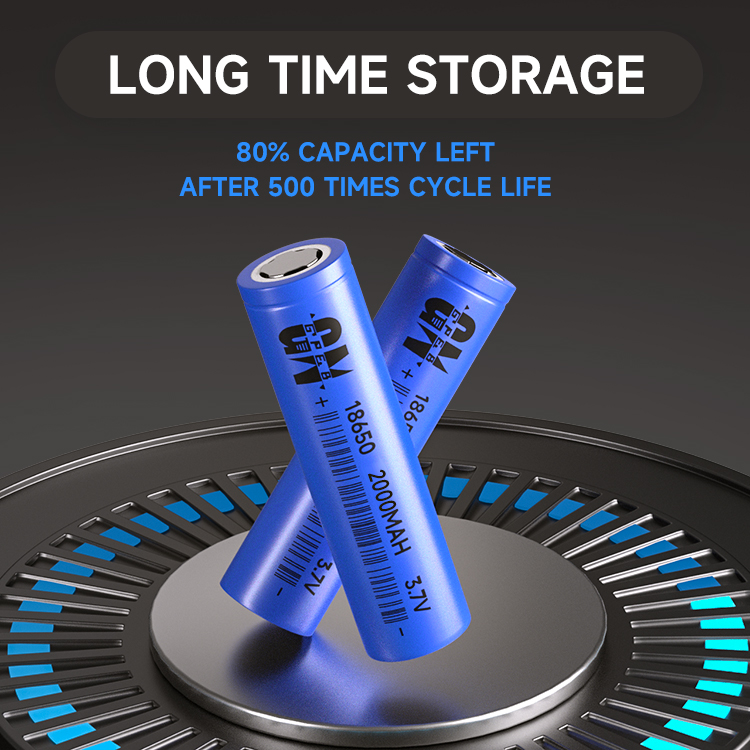
And because the battery contains highly flammable liquid electrolytes inside, it may short-circuit or even catch fire. Replacing the graphite anode used in lithium-ion batteries with lithium metal can increase energy density: the theoretical charging capacity of lithium metal is nearly 10 times higher than that of graphite. However, during the process of lithium plating, dendrites often form. If they penetrate the separator in the middle of the battery, they will cause a short circuit and raise concerns about battery safety. The research team decided to focus on solid ceramic electrolytes, which show great potential for improving safety and energy density compared with the flammable electrolytes in traditional lithium-ion batteries. Rechargeable solid-state lithium batteries are of particular interest because they are promising candidates for next-generation energy storage. Most solid electrolytes are ceramic and therefore non-flammable, eliminating safety concerns.
An artificial boron nitride (BN) film that is chemically and mechanically resistant to lithium electronically insulates lithium aluminum titanium phosphate (LATP) from lithium but still provides protection when penetrated by polyethylene oxide (PEO) Stable ion channels, thereby achieving stable circulation.
In addition, solid ceramic electrolytes have high mechanical strength and can actually inhibit the growth of lithium dendrites, making lithium metal a coating of choice for battery anodes. However, most solid electrolytes are unstable to lithium ions and are easily corroded by metallic lithium and cannot be used in batteries. Qian Cheng, a postdoctoral scientist in the Department of Applied Physics and Applied Mathematics and first author of the paper, said: Lithium metal is indispensable for increasing energy density, so it is crucial that we can use it as an anode for solid electrolytes. To adapt these unstable solid electrolytes for practical applications, a chemically and mechanically stable interface needs to be developed to protect these solid electrolytes from lithium anodes.
In order to transport lithium ions, it is crucial that the interface is not only highly electronically insulating but also ionic conductive. Additionally, the interface must be ultra-thin to avoid reducing the battery's energy density. To address these challenges, the team collaborated with colleagues at Brookhaven National Lab and the City University of New York. A 5~10nm boron nitride (BN) nanofilm is deposited as a protective layer to isolate the electrical contact between metallic lithium and the ionic conductor (solid electrolyte), and a small amount of polymer or liquid electrolyte is added to penetrate the electrode/electrolyte interface. BN was chosen as the protective layer because it is chemically and mechanically stable with metallic lithium, providing a high degree of electronic insulation. The boron nitride layer is designed to have inherent defects that allow lithium ions to pass through it, making it an excellent separator.
In addition, boron nitride prepared by chemical vapor deposition method can easily form large-scale (~dm level), atomically thin scale (~nm level) and continuous films. Although early research used a polymer protective layer with a thickness of only 200 microns, the new BN protective film with a thickness of only 5 to 10 nanometers is still very thin at the limit of this protective layer without reducing the energy density of the battery. This is a perfect material that acts as a barrier to prevent metallic lithium from invading the solid electrolyte. Just like bulletproof vests, a lithium metal bulletproof vest was developed for unstable solid electrolytes, and through this innovation, lithium metal batteries with long cycle life were achieved. The researchers are now extending the new method to a broad range of unstable solid electrolytes and further optimizing the interface, hoping to create high-performance, long-cycle-life solid-state batteries. If buses, airplanes and ships are also powered by batteries in the future, more power will be needed. However, the performance evolution of current aqueous lithium batteries is slowing down. Therefore, plastic solid-state batteries have become the development direction of the next generation of lithium batteries. Internationally renowned companies including Toyota, Toshiba, Apple, BMW, Mercedes-Benz, and Volkswagen have plans in this field.
Suzhou Qingtao New Energy Technology Co., Ltd., founded by a team of Academician Nan Cewen of Tsinghua University, is one of the earliest teams in China to carry out research and development of all-solid-state lithium battery technology. Focusing on the research and development of solid-state lithium batteries, the company has applied for nearly 100 patents, overcoming a series of issues such as the mass production of solid-state electrolyte materials, solid-state electrolyte membrane molding technology, composite positive and negative electrode formulation processes, and the solid-solid interface between the pole piece and the electrolyte membrane. , successfully realized the industrialization of research and development results such as oxide solid electrolyte materials and functional ion conductor ceramic composite separators.
Read recommendations:
186095 6000mAh 7.4V
Classification of lithium batteries
Master the three major characteristics of lithium iron phosphate battery.48v solar power energy stor
solar energy battery storage system Processing
Dry Battery












































 360° FACTORY VR TOUR
360° FACTORY VR TOUR
 Whatsapp
Whatsapp
 Tel
Tel Email
Email TOP
TOP